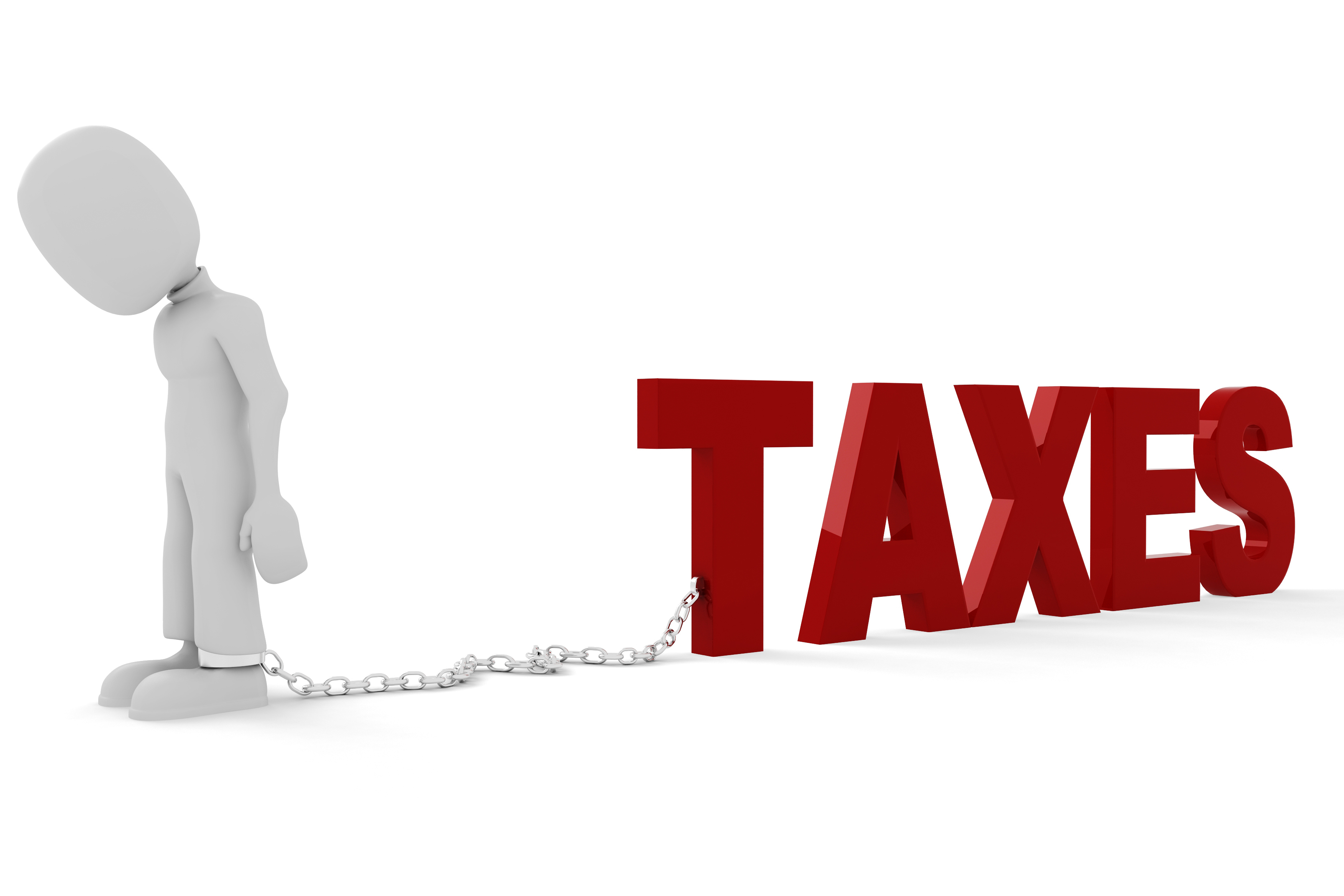How Do Tax Levies Work?
Probably the most frequent reason that I have clients come into my Richardson, TX office, related to IRS debt, are when they are levied by the IRS. Being levied, or even the threat of a levy, is a horrible experience for most people, and when it happens, taxpayers are either extremely frightened or angry when they come to my office. This is understandable and we often work with clients to remove the levies and get life back to normal. Today, we’ll address the overall process. In our next blog, we will discuss in greater detail how to have a Levy released.
What is a Tax Levy and Why Does the IRS Levy Taxpayer’s Assets?
A levy is the taking of the taxpayer’s property. IRC 6331 authorizes the IRS to levy to collect delinquent tax. This includes any property, or right to property, that belongs to a taxpayer or has a federal tax lien attached to it, can be levied, unless it is exempt. This might include bank accounts, wages, retirement accounts, amounts owed by third parties, and even a portion of Social Security payments. When you think about it, the IRS doesn’t huge arsenal of tools at their disposal to collect tax debt. They main tools to influence taxpayers are levy’s and liens. Without this authority, taxpayers could pretty much ignore the IRS if they chose to do so.
What is the levy process?
Prior to levying a taxpayer, a number of notices go to the Taxpayer. First the taxpayer is notified of the assessed tax, and then there are several notices sent. Each notice gets more direct and serious to get the taxpayer’s attention. Eventually, the taxpayer will get a Notice of Intent to Levy. This notice also includes notification of your right to a Collection Due Process (CDP) hearing. You have 30 days to request the CDP hearing. In addition to getting the taxpayer an appeal”s hearing, it puts a hold on the IRS enforcing the levy.
If the taxpayer does not respond to the final notice within 30 days, the IRS can then levy the taxpayer’s assets. Please read out next blog article to learn more about how to have a tax levy released.
Do you need help with a Levy or Threat of Levy?
If you need help with an IRS Levy or other IRS Collection issue, we’d be happy to meet with you. Please give me a call at (972) 821-1991 or email me at bob@jablonskyandassociates.
Watch our Video on YouTube to Learn More


Comments(0)